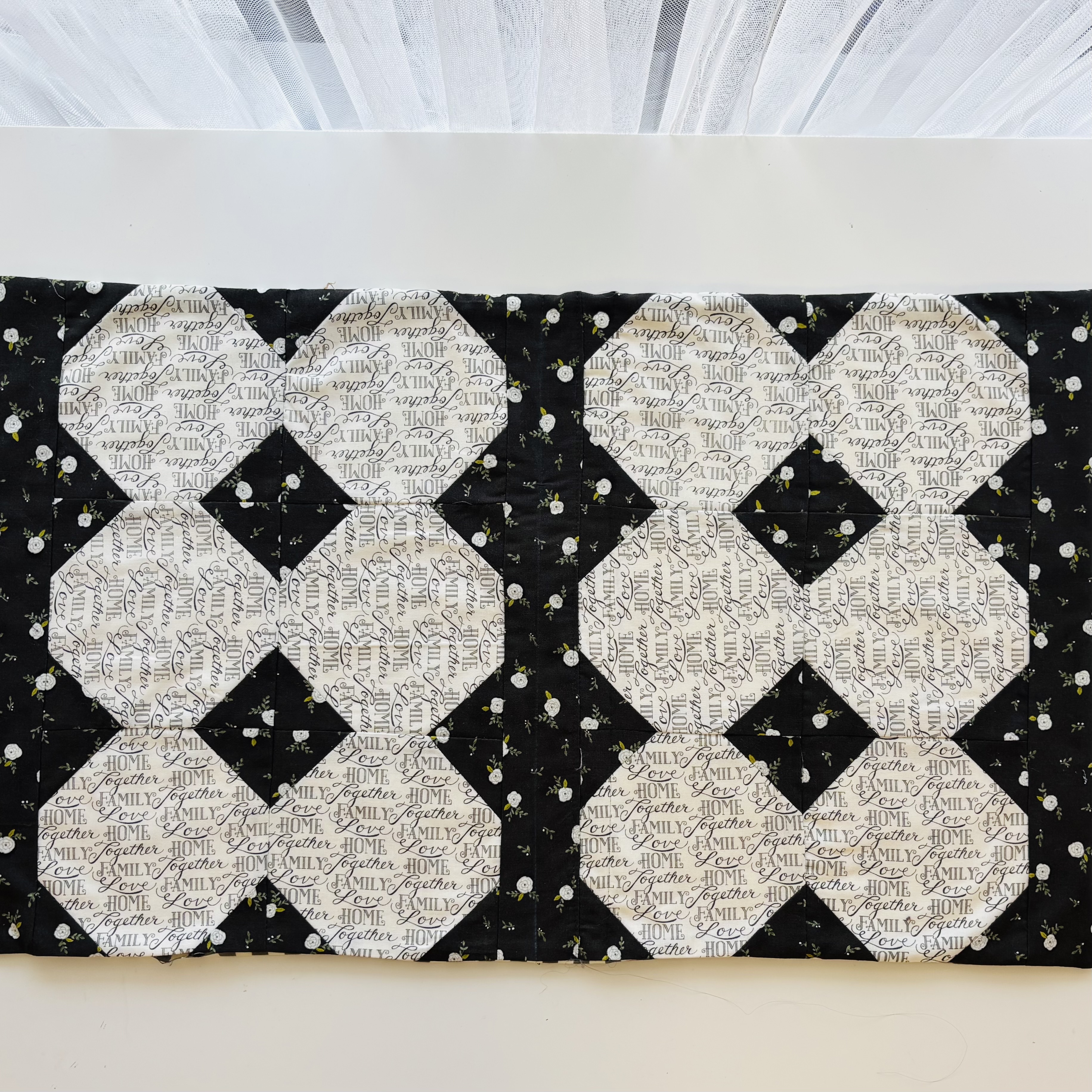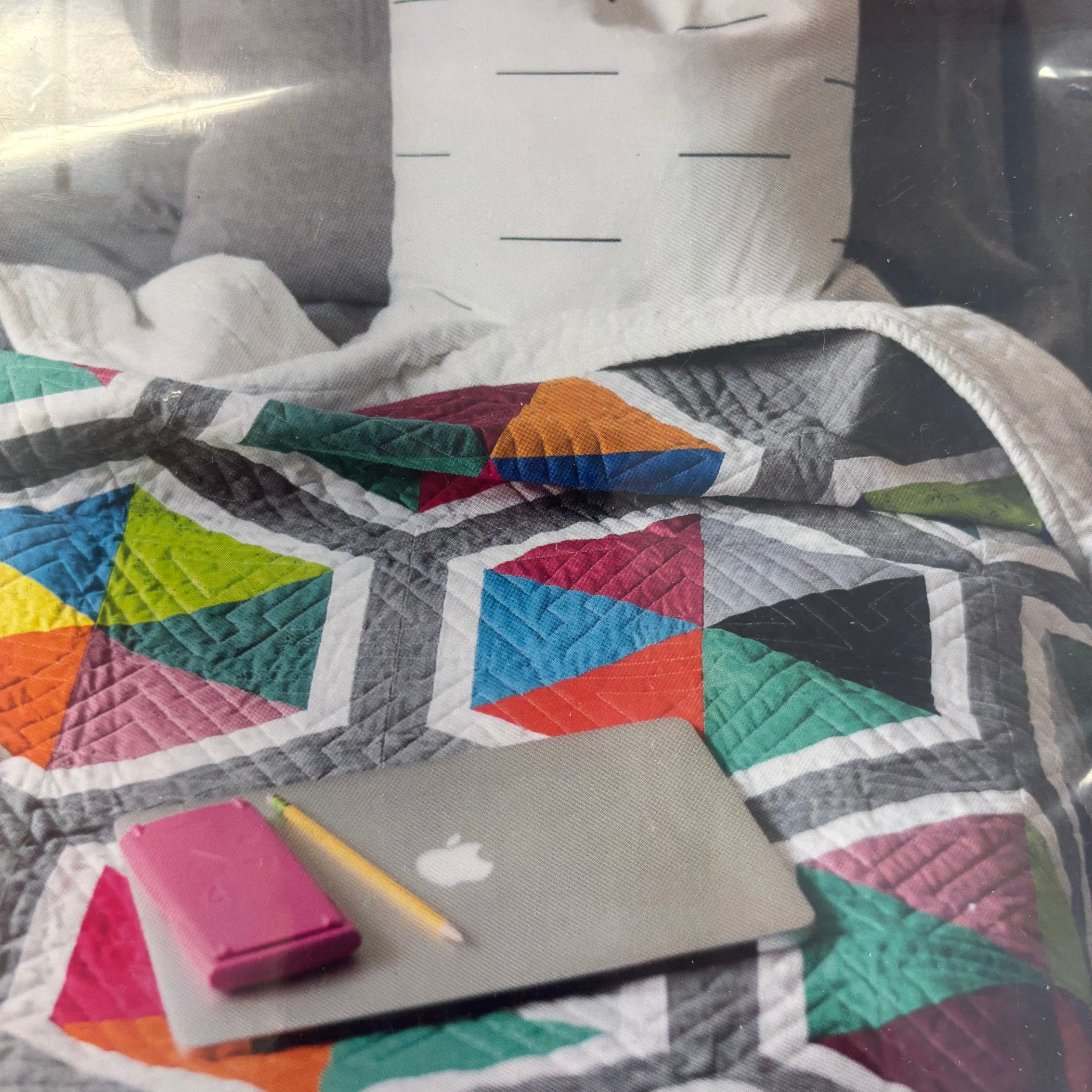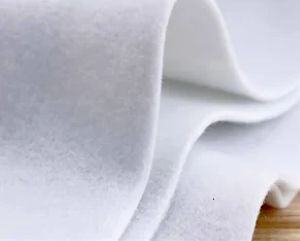The Benefits of Piecing a Quilt with a Serger: A Game-Changer for Quilters
What Is a Serger, and Can You Really Quilt with It?
A serger, sometimes known as an overlock machine, is a sewing machine that trims the fabric edges and finishes seams simultaneously, creating a clean, professional finish. While garment sewers use it to finish edges and prevent fraying, sergers can be invaluable for quilting, too. Though not traditionally associated with quilting, they offer unique benefits when piecing quilt tops.
Yes! You can quilt with a serger. Piecing a quilt with a serger helps achieve clean, precise seams and offers advantages that your standard sewing machine can't always provide. Let’s dive into the specific benefits.
Perfect Quarter-Inch Seams with Ease
One of the keys to successful quilt piecing is the consistency of your quarter-inch seams. Most quilters aim for a quarter-inch seam allowance to ensure accurate alignment of fabric pieces, and a serger can help you achieve this effortlessly.
Modern sergers often come with adjustable seam width settings, making it easy to set the machine for a precise quarter-inch seam. Unlike with a standard sewing machine, where you may have to continuously check your seam allowance, the serger’s cutting and stitching mechanism ensures consistency. This means less worrying about uneven seams and more focus on the fun of piecing your quilt together.
Reinforced Seams for Durability
Quilts are meant to last for years, and whether they're used daily or become family heirlooms, durability matters. Piecing a quilt with a serger reinforces seams in ways a standard sewing machine doesn’t.
Sergers stitch using multiple threads (typically 3 or 4) instead of the single-thread setup on regular sewing machines. This multi-thread stitching naturally strengthens the seams. For quilts that will be washed and loved for years to come, this extra durability can be a game-changer. Not only are the seams reinforced, but the serger also finishes the edges of the fabric pieces, preventing fraying—a major plus when piecing quilts that will undergo frequent use and laundering.
Speed Up Your Quilting Projects
One of the most appealing aspects of piecing a quilt with a serger is the speed at which you can complete your project. Sergers are known for their rapid stitching speed, with many models capable of up to 1,300 stitches per minute. Compare this to the slower pace of a traditional sewing machine, and you'll see how a serger can cut your quilting time dramatically.
For quilters who have stacks of fabric waiting to be pieced together, or for those who want to churn out quilts quickly for gifts or craft fairs, the serger's speed is invaluable. It allows you to breeze through long seams, making quilting faster and more efficient.
Clean, Professional Finishing
Not only does piecing a quilt with a serger make for faster and stronger seams, but it also provides a polished, professional look. The serger's built-in knife trims the fabric as it stitches, leaving clean edges on your fabric pieces. This means no raw edges peeking through your quilt top, and you won’t need to worry about finishing the seams later on.
The overlock stitch on a serger helps to keep everything tidy and neat, giving your quilt a clean finish from the inside out. This is especially helpful for quilts where the seams might be visible from the back or for quilts that will be handled often.
Less Bulk at Seams
Another often-overlooked benefit of piecing a quilt with a serger is the reduced bulk at the seams. Sergers cut away excess fabric as they sew, which helps reduce the bulk that can accumulate when sewing multiple layers of fabric together. This not only makes the quilt more comfortable but also ensures that the quilt lays flat, making quilting and binding easier.
If you've ever struggled with sewing through thick seam intersections, using a serger can alleviate that issue, creating smoother, flatter seams.
Is Piecing a Quilt with a Serger Right for You?
While serging offers many benefits, it’s important to note that piecing a quilt with a serger does come with some trade-offs. For instance, because a serger trims fabric as it sews, you'll want to ensure your fabric cutting is precise before you start piecing. Additionally, while serging is fantastic for speed and durability, some quilters may prefer the traditional look and feel of piecing with a regular sewing machine, especially for intricate patterns that require tight curves or delicate handling.
That said, if you're looking to add efficiency, strength, and professionalism to your quilting, a serger might be the tool you didn’t know you needed!

 By
By



